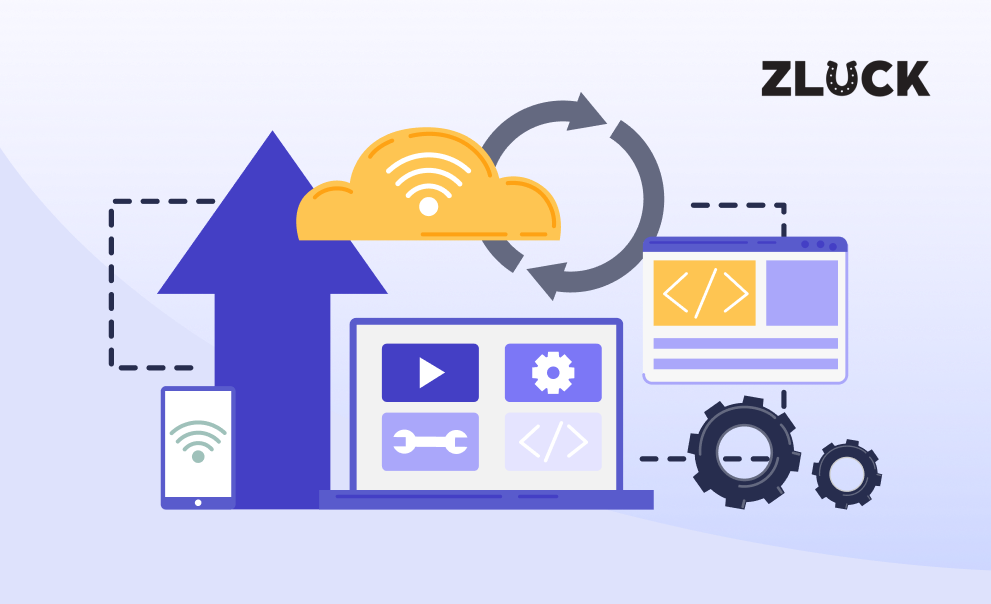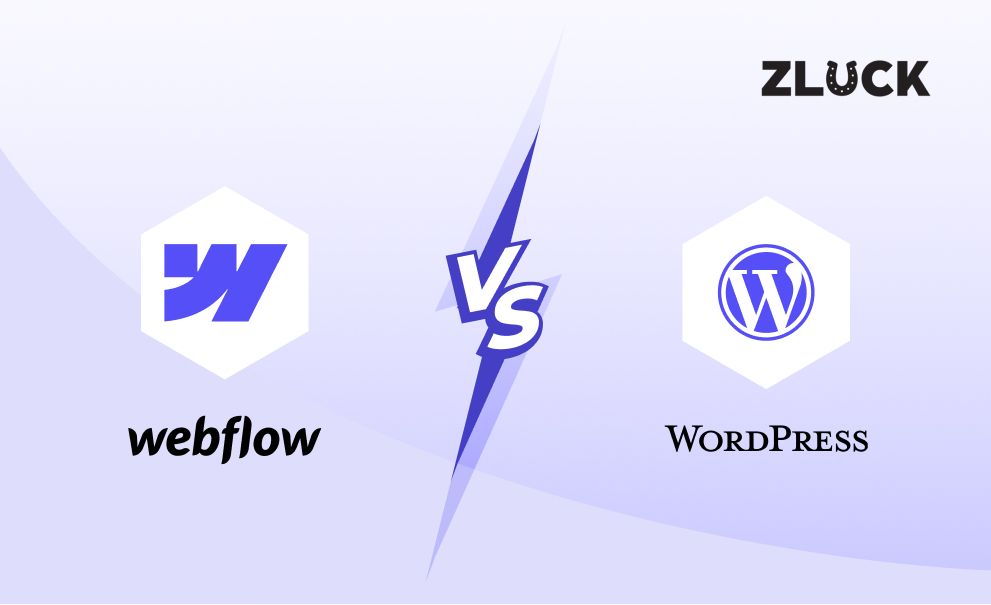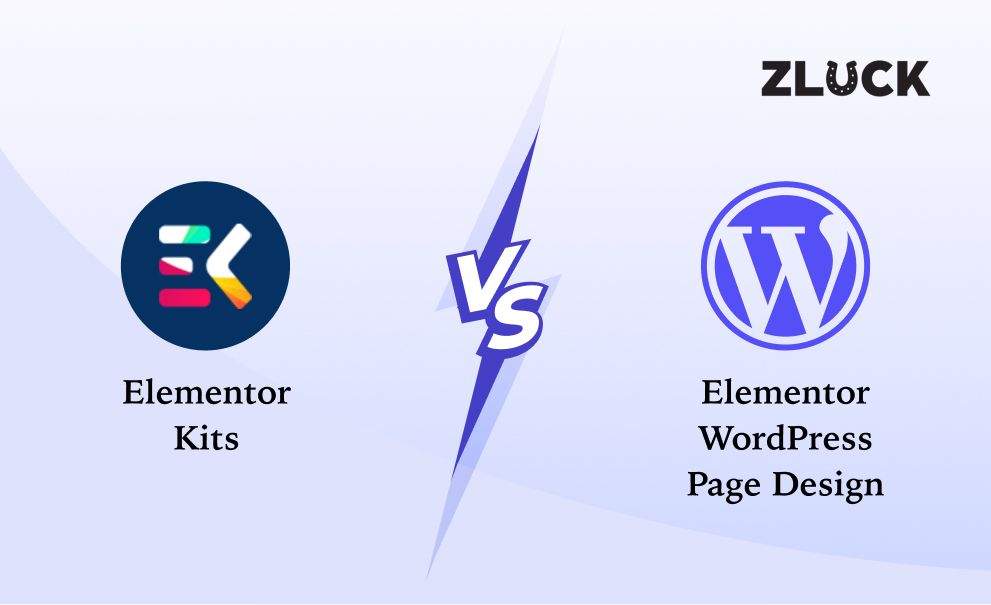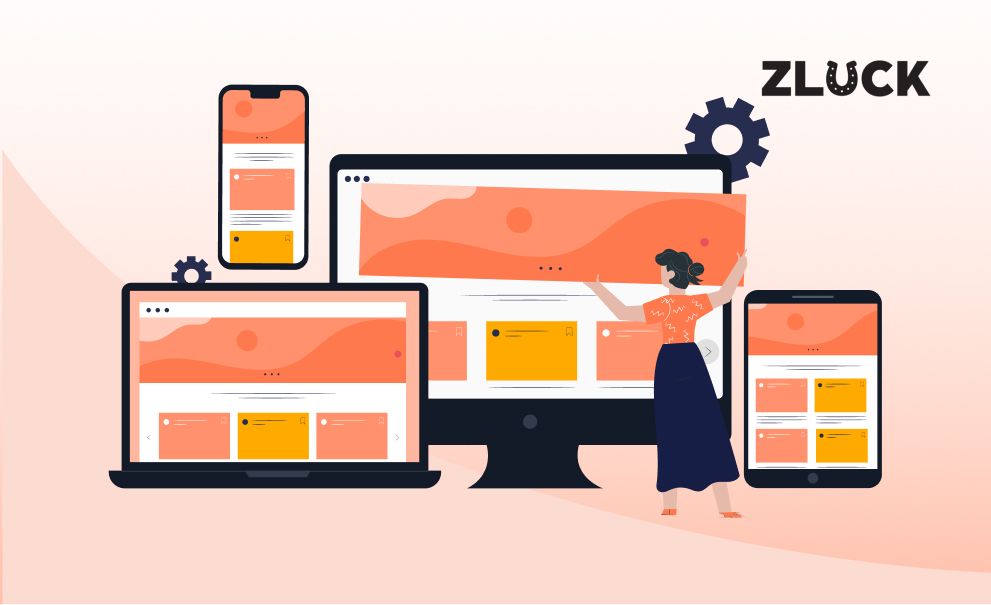Choosing the right technology stack for your SaaS (Software as a Service) web application is an important decision that will impact the development, scalability, and maintenance of your application. Here are some key factors to consider when choosing your technology stack:
1. Business Requirements
The technology stack you choose should align with your business requirements. For example, if you need to process large amounts of data, you may need a stack that includes data processing tools like Apache Hadoop or Apache Spark.
2. Development Team Expertise
The expertise of your development team will also play a role in selecting the technology stack. If your team is experienced in a specific programming language or framework, it may be more efficient to use that stack.
3. Scalability
Your technology stack should be scalable to handle the growth of your application. If you anticipate a high volume of users or data, you should choose a stack that can handle the load.
4. Security
Security is an important consideration for any web application. Your technology stack should have strong security features and a robust security framework.
5. Integration
If your application needs to integrate with other software, you should consider a technology stack that supports integration with those tools.
6. Cost
The cost of the technology stack should also be a consideration. Some stacks may require licensing fees or additional costs for support and maintenance.
7. Community Support
Finally, community support for the technology stack is important. A large and active community can provide support, resources, and tools to help with development and maintenance.
By considering these factors and doing research on the available options, you can choose the right technology stack for your SaaS web application that meets your business needs, is scalable, secure, and integrates with other software, all while being cost-effective and supported by an active community.
Key components of a SaaS tech stack
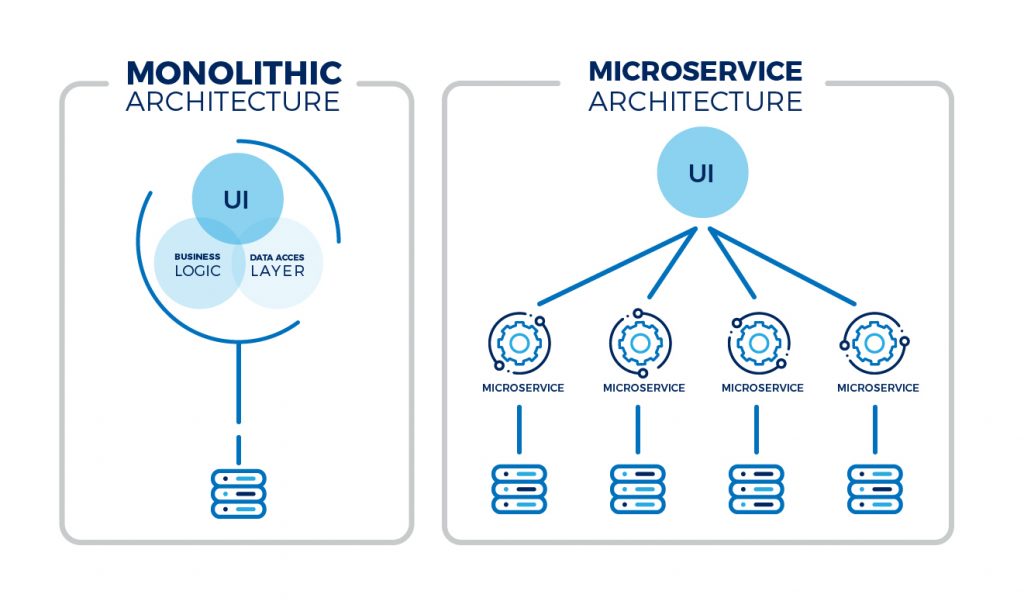
A technology stack for SaaS development typically includes the following key components:
1. Front-end Development
The user interface and user experience (UI/UX) design for the web or mobile application. This can include front-end frameworks such as React, Vue, or Angular.
2. Back-end Development
The server-side logic, APIs, and databases to support the functionality of the application. This can include back-end frameworks such as Node.js, Ruby on Rails, or Django.
3. Cloud Hosting
SaaS applications are often hosted on cloud platforms such as Amazon Web Services (AWS), Microsoft Azure, or Google Cloud Platform (GCP).
4. Database
The database is used to store and retrieve data for the application. Common databases used in SaaS development include MySQL, PostgreSQL, or MongoDB.
5. API
Application Programming Interface (API) is the interface through which the front-end and back-end of the application communicate with each other.
6. DevOps
DevOps tools are used to automate the development, testing, and deployment of the application. This can include tools such as Jenkins, Docker, or Kubernetes.
7. Analytics
Analytics tools are used to monitor user behavior, track metrics, and gain insights to improve the application. This can include tools such as Google Analytics or Mixpanel.
8. Security
Security measures such as authentication, encryption, and access control are implemented to ensure the security of user data. This can include tools such as OAuth or SSL certificates.
9. Payment Processing
Payment processing systems are integrated to enable users to pay for the services provided by the SaaS application. This can include payment gateways such as Stripe or PayPal.
10. Customer Relationship Management
Customer relationship management (CRM) systems are used to manage customer interactions and relationships. This can include CRM tools such as Salesforce or HubSpot.
Overall, the technology stack for SaaS development will depend on the specific needs and requirements of the application being developed.
The frontend of a SaaS
The frontend of a SaaS (Software-as-a-Service) application is the part of the application that the end-user interacts with. It’s responsible for presenting the application’s features, functions, and data in a user-friendly and intuitive way.
The frontend of a SaaS application typically includes the following components:
1. User Interface (UI) Design
This involves designing the layout, look, and feel of the application’s user interface. This can include the use of wireframes, prototypes, and design tools such as Sketch or Figma.
2. Frontend Framework
This is the software development framework used to build the frontend of the application. Popular frontend frameworks include React, Vue, or Angular.
3. HTML/CSS/Javascript
These are the core web technologies used to create the frontend of the application. HTML provides the structure and content, CSS is used to style the application, and Javascript is used to add interactivity and functionality.

4. Responsive Design
This involves designing the application to be responsive and adaptable to different screen sizes and devices, such as desktops, tablets, and mobile phones.
5. Accessibility
This involves designing the application to be accessible to users with disabilities, such as those who are visually impaired or have mobility issues. This can include using appropriate color contrast, providing alternative text for images, and ensuring that the application is navigable using a keyboard.
6. User Experience (UX) Design
This involves designing the overall user experience of the application, including the flow of information, ease of use, and overall satisfaction of the user.
Overall, the frontend of a SaaS application plays a crucial role in providing a positive user experience and driving user engagement. It’s important to carefully design and develop the frontend to ensure that it meets the needs and requirements of the end-users.
The backend of a SaaS
The backend of a SaaS (Software-as-a-Service) application is the part of the application that is responsible for processing data and providing functionality to the frontend of the application. It includes the server-side logic, databases, APIs, and other components that enable the application to perform its core functions.
The backend of a SaaS application typically includes the following components:
1. Server-side Programming Language
This is the programming language used to develop the server-side logic of the application. Popular server-side programming languages include JavaScript (Node.js), Ruby (Ruby on Rails), and Python (Django).
2. Databases
These are used to store and retrieve data for the application. Popular databases used in SaaS development include MySQL, PostgreSQL, and MongoDB.
3. APIs
Application Programming Interfaces (APIs) are used to enable communication between the frontend and backend of the application. APIs provide a way for the frontend of the application to access data and functionality from the backend.
4. Security
Security measures such as authentication, encryption, and access control are implemented to ensure the security of user data.
5. Scalability
The backend of the application must be designed to be scalable, able to handle a large number of users and requests without performance degradation.
6. Cloud Hosting
SaaS applications are often hosted on cloud platforms such as Amazon Web Services (AWS), Microsoft Azure, or Google Cloud Platform (GCP).
7. DevOps
DevOps tools are used to automate the development, testing, and deployment of the application. This can include tools such as Jenkins, Docker, or Kubernetes.
Overall, the backend of a SaaS application plays a critical role in providing the functionality and data processing necessary for the application to perform its core functions. It’s important to carefully design and develop the backend to ensure that it is scalable, secure, and able to meet the needs and requirements of the application.
BaaS as a way to speed up time to market
BaaS (Backend-as-a-Service) can be a useful way to speed up time to market for mobile and web applications. BaaS providers offer pre-built backend components, such as databases, user management, and serverless functions, which can be easily integrated into an application, saving development time and resources.
BaaS can help reduce the amount of time and effort required to build and maintain a custom backend infrastructure. It can also allow developers to focus on building the frontend and core features of the application, rather than worrying about the backend infrastructure.
Conclusion:
Choosing the right technology stack for your SaaS web application is a crucial step in the success of your project. It requires careful consideration of several factors, including your project’s requirements, budget, timeline, and expertise. You should choose technologies that can help you meet your goals within your budget and timeline while considering the scalability, security, and performance requirements of your application.

